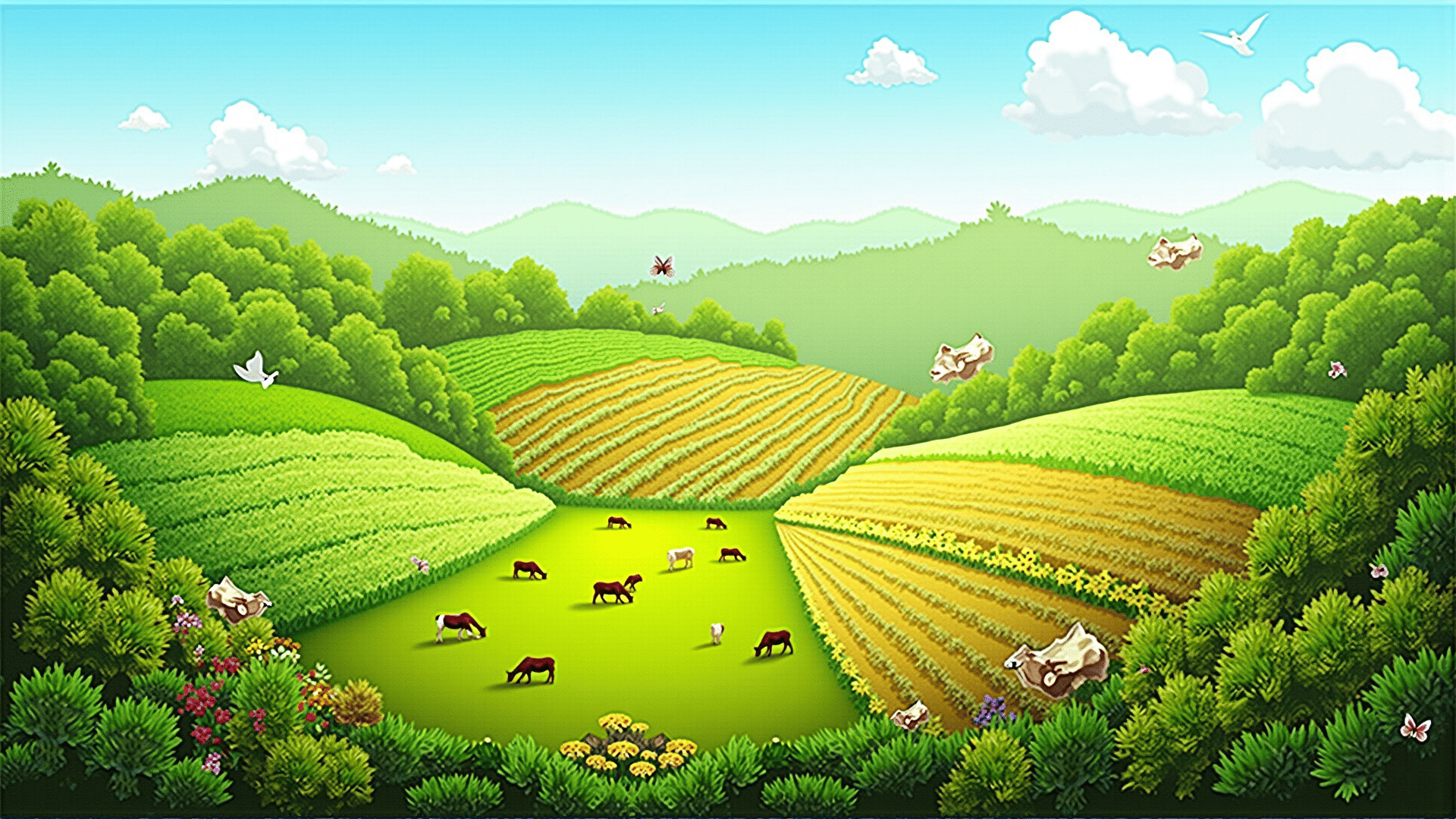In recent years, there has been a growing emphasis on adopting sustainable farming practices as the global community recognizes the urgent need to safeguard our natural resources and minimize environmental impact. Sustainable agriculture is not just about maintaining productivity but also about fostering biodiversity, conserving water, reducing pollution, and building soil health. By transitioning to eco-friendly farming methods, farmers play a crucial role in addressing some of the most pressing environmental challenges of our time.
One cornerstone of sustainable farming is the implementation of crop diversification and rotation. This practice involves alternating the types of crops grown in successive seasons to improve soil health and reduce the risk of pest infestations. Crop rotation breaks pest and disease cycles, reducing the need for chemical pesticides, which can harm the environment. Additionally, growing a variety of crops can enhance soil fertility, as different plants contribute various nutrients back to the land.
Integrating organic farming methods is another key component of sustainable agriculture. Organic farming emphasizes the use of natural inputs like compost and green manure instead of synthetic fertilizers and pesticides. By enriching the soil with organic matter, farmers can improve its structure and water retention abilities, leading to more robust plant growth and reduced erosion. Organic practices also support a diverse ecosystem of beneficial insects and microorganisms that naturally keep pest populations in check.
Water conservation is critical in sustainable farming, especially in areas prone to drought. Techniques such as drip irrigation and rainwater harvesting help maximize water use efficiency and reduce waste. These methods ensure that crops receive the appropriate amount of water directly to their root zones, minimizing evaporation and runoff. By conserving water, farmers can help stabilize local water tables and sustain their operations even during dry periods.
Reducing the carbon footprint of agriculture is another goal of sustainable practices. Farmers can achieve this by implementing no-till or reduced-till farming, which minimizes soil disturbance and maintains carbon sequestration in the soil. Cover cropping is another strategy that keeps the soil covered year-round, reducing erosion, enhancing soil organic matter, and capturing carbon dioxide from the atmosphere.
Lastly, supporting local food systems is an integral part of sustainable agriculture. By growing and consuming locally, communities can reduce the greenhouse gas emissions associated with transportation and storage. Local food systems also encourage direct relationships between consumers and farmers, supporting fair wages and economic resilience for farming communities.
Transitioning to sustainable farming practices involves challenges, such as initial cost investments and the need for farmer education and training. However, the long-term benefits, including increased resilience to climate change, improved soil health, and reduced environmental impact, outweigh these hurdles. By prioritizing sustainability, farmers can ensure the viability of their land for future generations while contributing to a healthier planet. The shift toward eco-friendly farming practices is not only a necessity but also an opportunity to transform agriculture into a force for environmental good.
